Against a background of scary reports, hurricanes, and fire, a “Green New Deal” is emerging to address global warming head-on, generating a ton of buzz in Washington.
The Green New Deal raises more questions than it answers at the moment, but nevertheless, one vision it holds is exciting and solid—the notion that the transition to a cleaner economy can be expected to bring jobs for all kinds of workers.
Past Brookings research has shown that the clean economy encompasses a vast array of industries (and jobs) directly involved in producing goods and providing services with an environmental benefit. Think about all the workers who oversee renewable energy facilities, manufacture energy-efficient appliances, construct green buildings, and so on. While the clean economy has no standard definition or measurement, there is a sizable workforce nationally that figures to grow in importance as the market for cleaner designs, technologies, and other advanced industries expands—and there are policies in Washington and elsewhere that can help accelerate this transition. So Rep. Alexandria Ocasio-Cortez (D-N.Y.) is right to call out the possibilities.
Admittedly, the Green New Deal is more of a rallying cry than a substantive policy platform at this point. Similar ideas on combating climate change and promoting more job growth have been floated for nearly a decade, and progressive leaders like “AOC” are still light on details when it comes to identifying and paying for any related workforce development efforts. Meanwhile, even as other Democratic leaders voice support for the Green New Deal, they are split on how to exactly incorporate it in their agenda. For instance, Sen. Charles Schumer (D-N.Y.) has focused on addressing climate change and creating jobs as part of a separate infrastructure push.
But the fact remains that jobs are a central element in the shift toward a cleaner economy, and the Green New Deal’s emphasis on this point serves as another reminder of that. The bigger question moving forward, though, is what types of jobs will be part of this transition?
Up until now, much of the focus among researchers and policymakers has been on counting the number of workers currently employed in the clean economy. As just one example, the Department of Energy has counted 6.4 million workers engaged in closely related activities in its latest “U.S. Energy and Employment” report in 2017. Yet, these studies hint at an even larger opportunity facing the country, namely all the current and future workers implicated in the transition to a cleaner economy. If efforts like the Green New Deal are to truly expand economic opportunity for more workers, they must not only identify who is going to carry out all these activities, but must also better target future training efforts.
Identifying the major occupations involved in this transition is crucial in order to see where individual workers stand and ultimately equip them with the skills to support long-term career pathways. In other words, the conversation cannot simply start and end with the types and numbers of industries involved in the clean economy, but it should examine all the various engineers, technicians, and other workers who are directly responsible for driving this clean transition. These workers, after all, are involved in a range of specialized activities—from clean energy production, to energy efficiency, to environmental management—and tend to require particular types of applied learning and on-the-job training, similar to other skilled trade positions found throughout the infrastructure supersector. Along the way, they can also earn competitive wages and gain highly valuable (and transferrable) skills.
To help enable that, in any event, forthcoming research from Brookings Metro will delve deeper into these clean economy occupations, while examining their ability to support more inclusive growth for all types of workers. As momentum builds for national efforts like the Green New Deal—to say nothing of all the efforts being led by states and localities—it’s key that policymakers and practitioners design workforce development efforts in light of the specific training needs for workers in the transition to a cleaner economy. This new work will aim to fill that information gap and seek to address barriers in education, training, and the broader workplace that may be preventing workers from growing their careers in this space. So stay tuned—concerns over climate and economic inequality are only increasing, and preparing workers for a cleaner future is essential.
The Brookings Institution is committed to quality, independence, and impact.
We are supported by a diverse array of funders. In line with our values and policies, each Brookings publication represents the sole views of its author(s).
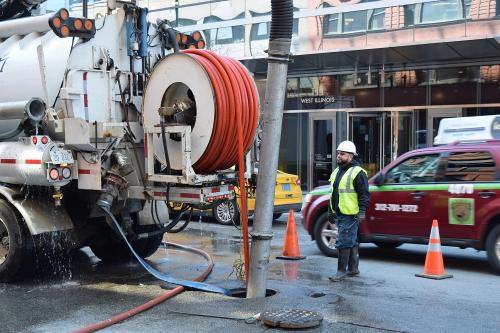
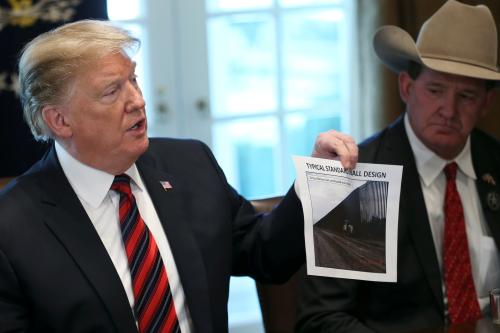
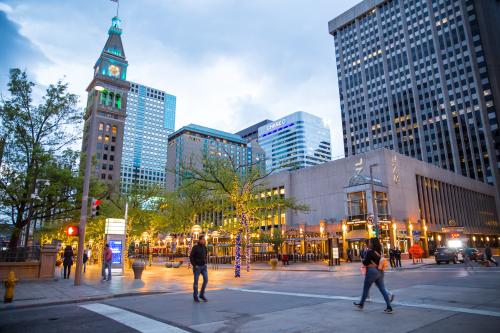



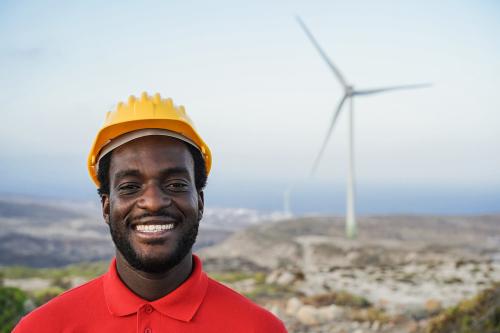
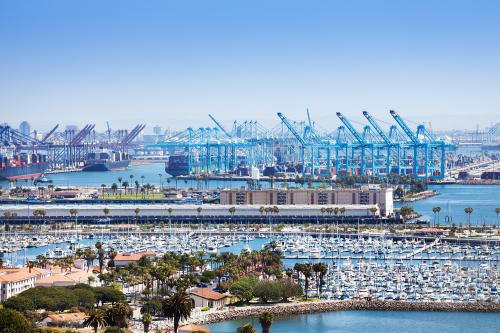
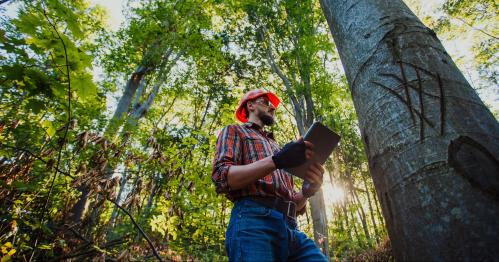
Commentary
The Green New Deal promises jobs, but workers need to be ready to fill them
January 25, 2019